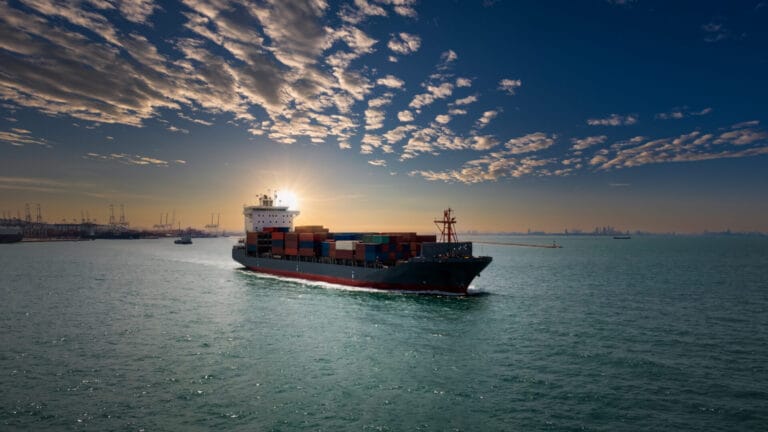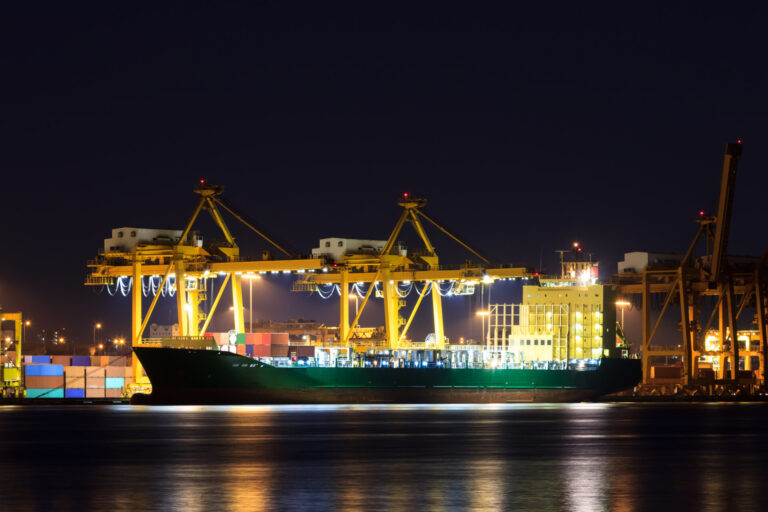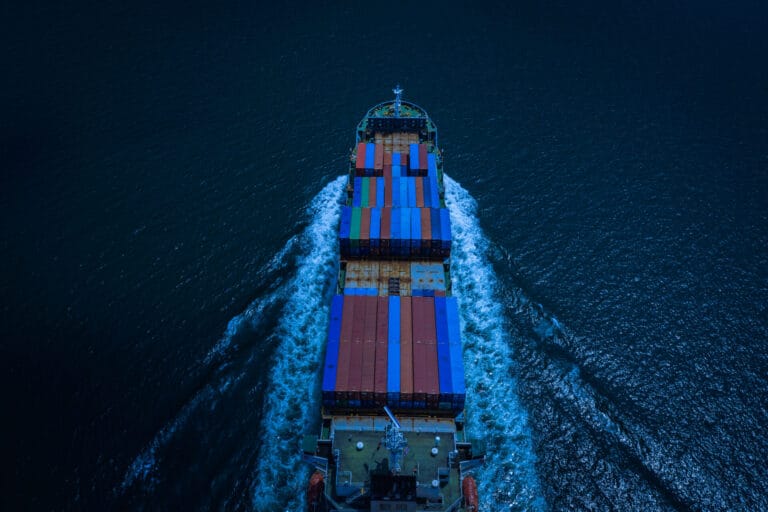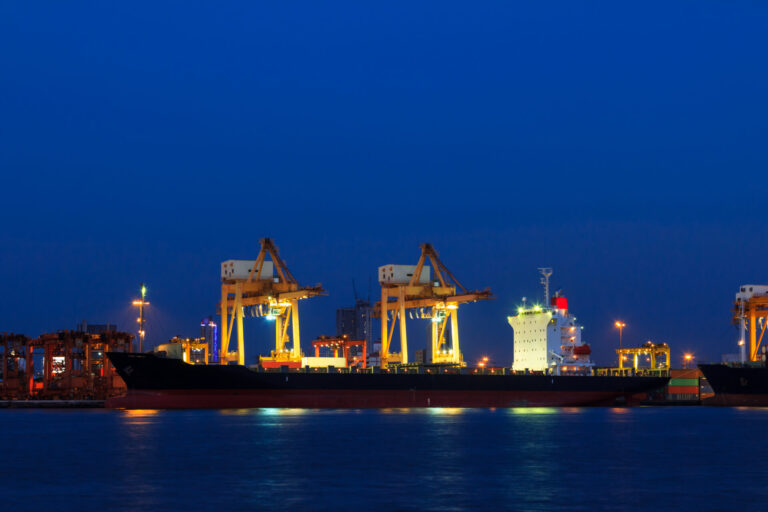How to Calculate Sea Freight Rates with FCL and LCL

Understanding sea freight rates is essential for managing shipping costs when businesses in Pakistan engage in international ocean freight shipping. Two common types of sea freight services are Full Container Loads (FCL) and Less Than Container Loads (LCL).
Each option has a pricing structure, which can be influenced by factors such as volume, weight, destination, and shipping terms.
This article explains how to calculate sea freight rates for FCL and LCL shipments and how understanding these rates can help businesses make more cost-effective shipping decisions.
1. Full Container Load (FCL) Shipping
A Full Container Load (FCL) is when an entire container is dedicated to one customer’s shipment. Businesses that have large volumes of goods to ship typically use FCL.
Since the container is reserved entirely for a single business, pricing is usually based on the size and type of the container, as well as additional factors such as destination and port fees.
Key Factors for FCL Rate Calculation:
Understanding sea freight rates is essential for managing shipping costs when businesses in Pakistan engage in international ocean freight shipping. Two common types of sea freight services are Full Container Loads (FCL) and Less Than Container Loads (LCL).
Each option has a pricing structure, which can be influenced by factors such as volume, weight, destination, and shipping terms.
This article explains how to calculate sea freight rates for FCL and LCL shipments and how understanding these rates can help businesses make more cost-effective shipping decisions.
1. Full Container Load (FCL) Shipping
A Full Container Load (FCL) is when an entire container is dedicated to one customer’s shipment. Businesses that have large volumes of goods to ship typically use FCL.
Since the container is reserved entirely for a single business, pricing is usually based on the size and type of the container, as well as additional factors such as destination and port fees.
Key Factors for FCL Rate Calculation:
- Container Size: The most common container sizes are 20-foot and 40-foot containers. Rates are determined based on the size of the container being used for the shipment.
- A 20-foot container typically holds about 28 to 30 cubic meters of cargo.
- A 40-foot container can hold up to 58 cubic meters of cargo.
- Freight Rate per Container: Shipping lines provide a base freight rate for a full container. This base rate depends on factors such as the origin, destination, and trade route.
- Additional Charges: Besides the base rate, businesses must account for several additional costs, including:
- Port Charges: Fees for loading and unloading at both the origin and destination ports.
- Terminal Handling Charges (THC): Fees for handling the cargo at the port terminals.
- Customs Duties and Taxes: Charges for clearing goods through customs at the destination.
- Fuel Surcharge: This can vary depending on market conditions and fuel prices.
Formula for FCL Rate Calculation:
The formula for calculating FCL rates is relatively straightforward:
FCL Shipping Cost = Base Freight Rate + Additional Charges
For example, if the base rate for a 40-foot container from Karachi to Dubai is $2,500, and the additional charges for port handling, customs, and taxes amount to $500, the total cost would be $3,000.
2. Less than Container Load (LCL) Shipping
Less Than Container Loads (LCL) shipping is a more economical option for businesses that need to ship fewer goods.
With LCL, goods from multiple customers are consolidated into one container, and the shipping cost is shared. Instead of paying for the entire container, businesses only pay for the space their cargo occupies.
Key Factors for LCL Rate Calculation:
- Volume and Weight: LCL rates are generally calculated based on either the volume (measured in cubic meters) or the weight of the cargo, whichever is higher. This is referred to as the chargeable weight.
- Cubic Meter (CBM): This is calculated by multiplying the length, width, and height of the cargo.
- Weight: Some shipments may be priced based on weight if the goods are particularly heavy.
- Freight Rate per Cubic Meter (CBM): The base rate for LCL is often calculated per cubic meter. Shipping lines, like with FCL, provide a rate based on the destination and trade route.
- Additional Charges: Similar to FCL, there are additional charges that apply to LCL shipments, such as:
- Consolidation Fees: Since the goods of multiple businesses are grouped, a consolidation fee is charged for the process of grouping goods.
- Port Charges: Fees for the handling and transfer of goods at both the origin and destination ports.
- Handling Fees: Fees related to the loading, unloading, and storage of goods in the warehouse.
Formula for LCL Rate Calculation:
LCL shipments are priced based on the chargeable weight, which is calculated as follows:
Chargeable Weight = Greater of Actual Weight or Volumetric Weight (CBM x 1000)
For example, if your goods weigh 200 kg but occupy 2 cubic meters (CBM), their volumetric weight would be 2,000 kg. Since this is greater than the actual weight, it will be used for the rate calculation.
LCL Shipping Cost = Freight Rate per CBM x Chargeable Weight + Additional Charges
If the base rate is $100 per CBM and the chargeable weight is 2 CBM, the cost would be:
Shipping Cost = $100 x 2 CBM = $200 + Additional Charges
3. Choosing Between FCL and LCL
Choosing whether to use FCL or LCL depends on the volume and nature of the goods being shipped:
- FCL is ideal when you have enough cargo to fill an entire container or if you need to ensure your goods are kept separate from other shipments. It tends to be more cost-effective for larger shipments, as the cost per unit decreases with higher volumes.
- LCL is a better option for small shipments that don’t require a full container. It allows businesses to share the cost of the container with other shippers, making it more affordable for smaller volumes.
Understanding the advantages of ocean freight shipping and accurately calculating the associated costs can significantly reduce shipping expenses for businesses in Pakistan.
Conclusion
Understanding how to calculate sea freight rates for FCL and LCL shipments is essential for Pakistani businesses looking to make the most cost-effective shipping decisions.
FCL offers a straightforward pricing model for larger shipments, while LCL provides a more flexible, cost-effective solution for smaller shipments.
When planning shipments, businesses should consider factors such as cargo volume, weight, and destination to choose the best option.
Platforms like galaxefi simplify the process by providing real-time insights, making it easier for businesses to manage logistics and optimize shipping costs.
By understanding these basic principles, businesses can make informed decisions and streamline their international shipping operations.






